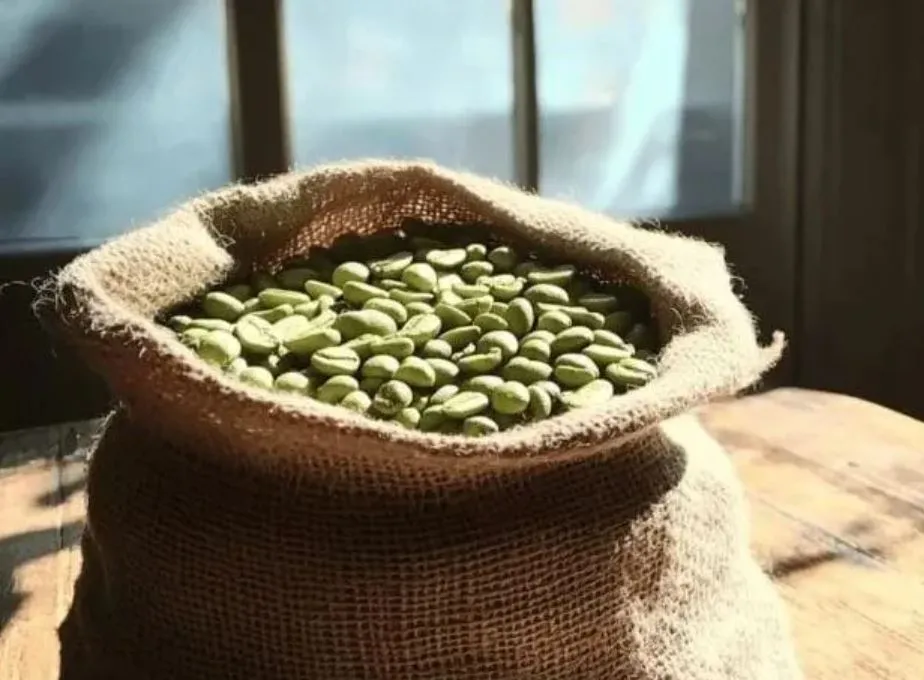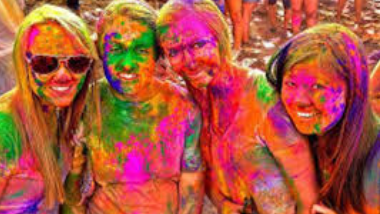

Bhubaneswar: As dawn breaks over the twin cities of Bhubaneswar and Cuttack, preparations for the most vibrant festival of the year take on distinctly different flavors on either side of the Kathajodi River. Holi, locally intertwined with the Odia festival of Dola Purnima, reveals a fascinating cultural dialogue between Odisha's administrative capital and its ancient silver city.
"In Bhubaneswar, we're seeing a beautiful evolution of Holi traditions," explains Sujata Mohapatra, a cultural historian and resident of Old Town Bhubaneswar. "The city's rapid modernization hasn't diminished our celebration—it's transformed it into something that honors both our past and present."
What many outside Odisha don't realize is that the region celebrates a precursor to Holi called Dola Purnima. In Cuttack's ancient neighborhoods like Choudwar and Bidanasi, clay idols of Radha and Krishna are carried in ornate vimanas (carriers) from home to home over several days before the color play begins.
"For us in Cuttack, Holi is incomplete without Dola," says Biswanath Behera, a 72-year-old silversmith from Naya Sadak. "Our grandchildren may be excited about the colors, but we ensure they understand that the offering of abira (colored powder) to the deities comes first."
This year, community organizers in both cities have coordinated a shared Dola procession that will symbolically connect the twin cities, with processions starting from Bhubaneswar's Lingaraj Temple and Cuttack's Chandi Temple, eventually meeting at the midpoint on Kathajodi Bridge—a visual representation of the cultural bridge between the two urban centers.
The contrasts between Bhubaneswar and Cuttack's Holi celebrations reflect their distinctive urban characters. Bhubaneswar's planned sectors and modern housing complexes host organized community celebrations, with apartment associations in areas like Saheed Nagar and Patia arranging elaborate DJ setups, water pools, and catered refreshments.
"Our housing society has a tradition of 'Holi Olympics' where we combine color play with fun competitions," shares Rohan Mishra, a tech professional residing in Infocity. "This year we've added rangoli competitions using natural colors, creating a bridge between traditional art forms and festival celebrations."
Cuttack, with its labyrinthine lanes and centuries-old neighborhoods, takes a more intimate approach. The narrow gallis of areas like Mangalabag and Buxi Bazaar become flowing rivers of color as neighbors who have lived beside each other for generations celebrate with inherited recipes for natural colors and traditional sweets.
"My father taught me how to make palash flower extract for orange color, and I've taught my daughter," says Manorama Devi from Choudhury Bazaar. "These colors have blessed our family for generations—they're gentle on skin and kind to Mother Earth."
Perhaps the most significant evolution in twin city Holi celebrations is the growing emphasis on eco-friendly practices. Volunteer groups in both cities have established "color banks" where residents can exchange synthetic colors for natural alternatives made from flowers, herbs, and food-grade ingredients.
The Bhubaneswar Municipal Corporation and Cuttack Municipal Corporation have jointly launched the "Hariyali Holi" campaign, installing water-saving sprinklers in designated celebration zones and promoting natural colors through demonstration workshops in community centers.
"Last year we saw a 40% reduction in water usage during Holi," notes environmental activist Debasmita Panda. "This year, we're aiming for 60% through awareness and better infrastructure."
No feature on twin city Holi would be complete without mentioning the culinary traditions that bind the celebrations. In Cuttack, households prepare the indulgent "Mitha Dahi Bara," where lentil fritters soak in sweetened yogurt—a specialty rarely found in Bhubaneswar's Holi spreads. Meanwhile, Bhubaneswar has popularized fusion treats like thandai ice cream and color-themed mocktails.
This year, food entrepreneurs from both cities are organizing the first "Twin City Holi Feast" at Baramunda Ground, where specialties from both urban centers will be showcased alongside live cooking demonstrations of traditional Holi recipes.
Perhaps the most heartwarming aspect of twin city Holi is how it bridges communities. In Bhubaneswar's Saheed Nagar, the residents' association has organized an inclusive celebration where the city's growing population of professionals from across India can experience Odia Holi traditions.
"I'm from Rajasthan, but participating in Dola Purnima has given me a deeper appreciation for Odia culture," shares Anita Shekhawat, a banking professional who moved to Bhubaneswar three years ago. "The gentle way colors are applied here with a greeting of 'Holi Milan' is so different from our boisterous celebrations back home."
As the twin cities prepare for the explosion of colors, what emerges is not just a festival but a living testament to how urban spaces can preserve cultural heritage while embracing change—a colorful reminder that tradition thrives not through rigid preservation but through loving reinvention.